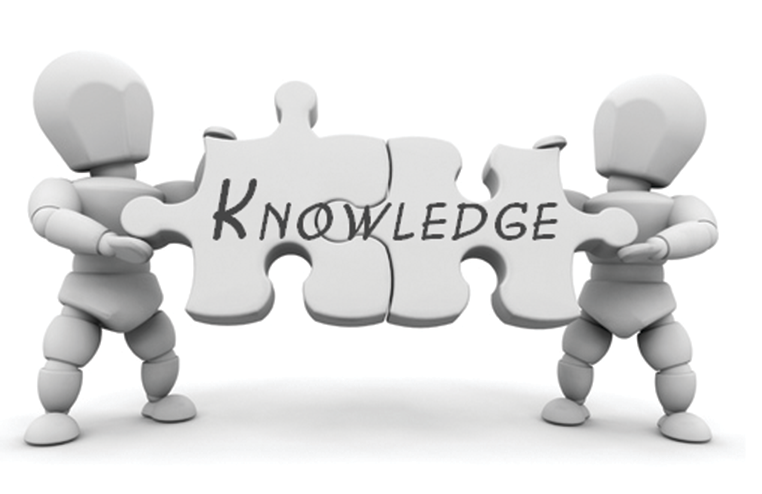Technology
Knowledge Management: A Strategic Priority
The leadership in firms across the country is aging, and most are concerned with where the next wave of leaders will come from.
Sep. 27, 2012

The leadership in firms across the country is aging, and most are concerned with where the next wave of leaders will come from. While this is a valid concern, and one I’ve written about in my last two columns, it unfortunately isn’t the only issue we need to be worried about.
Equally important is what will happen to all the wisdom, experience and knowledge that these seasoned professionals have built up in their heads over the years when they call it quits. If knowledge management hasn’t hit your firm’s radar yet, I’d suggest you take a look at your firm’s strategic priorities.
What is it?
Knowledge management is a process to embrace knowledge as a strategic asset to drive sustainable business advantage and promote a “one firm” approach to identify, capture, evaluate, enhance and share a firm’s intellectual capital. In other words, it is your firm’s system for capturing, managing and re-using the knowledge that resides in electronic documents on your network or, more important, the tacit knowledge that is in your employees’ heads.
Knowledge management, however, is not about the technology systems that you implement. Technology enables you to gain a return on the knowledge in your firm.
|
Knowledge Management is: |
Knowledge Management is NOT: |
|
A system focused on people, processes and procedures. |
A system focused on technology. |
|
Focused on improving business performance. |
A single technology or technique that can solve your knowledge management issues. |
|
A long-term, continuing initiative. |
An event. |
Tacit vs. explicit knowledge
Tacit knowledge is knowledge that has been developed and internalized over a period of time, entailing so much accrued and embedded learning that it is often difficult to differentiate from an employee’s day-to-day behavior. It’s natural to take for granted the widespread awareness of this information: “I know that, why doesn’t everyone else know it?” Tacit knowledge can be shared and re-used through casual conversation, but is rarely captured in an electronic format.
Explicit knowledge, on the other hand, is formal, documented and can be easily shared, organized and re-used. Explicit knowledge typically comes in the form of books, documents, white papers, databases and policy manuals.
Why is it important?
We will face a significant leadership transition over the next few years as seasoned professionals retire, and many firms will be at risk of a significant amount of knowledge walking out the door with these retirees. Without a formal knowledge management system in place, much of the tacit knowledge that individuals assume everyone else knows will be lost – and won’t be missed until it has already left the firm.
Even without the impending leadership shift, knowledge sharing and collaboration is simply an operational best practice. Firms that share knowledge are more collaborative, efficient and profitable. Corporate America recognized this years ago, and that is why a majority of the Fortune 500 companies already have a knowledge management system in place. Recently, more and more accounting firms have started to recognize the positive impact such a system can have on their organizations.
Knowledge Management Components
Many people fall into the trap of thinking document management is the same thing as knowledge management. A knowledge management system incorporates several key building blocks, one of which is a document management system. The critical components of Knowledge Management include:
- Document management
- Search
- Skills database/expert profiles
- Online question and answer
- Collaboration & project workspaces
- Knowledge portal
- Incentives and accountability
What are the benefits?
There are many benefits associated with a knowledge management system, some of which include:
- Improved decision making;
- Improved customer service;
- Improved response to business issues;
- Enhanced employee skills;
- Improved productivity;
- Increased profits;
- Sharing of best practices; and,
- Employee attraction/retention.
What are the challenges?
As with any initiative that requires a major shift in culture, processes and behaviors, there will be challenges to overcome:
- Change management
- Aligning incentives with firm goals
- Accountability
- Technology vs. firm project
- “Knowledge hoarders” – protecting job security
- “Client hoarders” – protecting book of business
Conclusion
While finding the next generation of leaders should be at the top of your priority list, right up there with it must be equipping them with the knowledge and skills to be successful. Implementing knowledge management today is the only way to adequately prepare for that day in the future when the transfer of power will occur. A knowledge management system will help to both organize your firm’s explicit knowledge and to facilitate the capture and transformation of tacit knowledge into explicit. Knowledge management requires a major cultural change and has its challenges. However, the benefits outweigh the effort.
